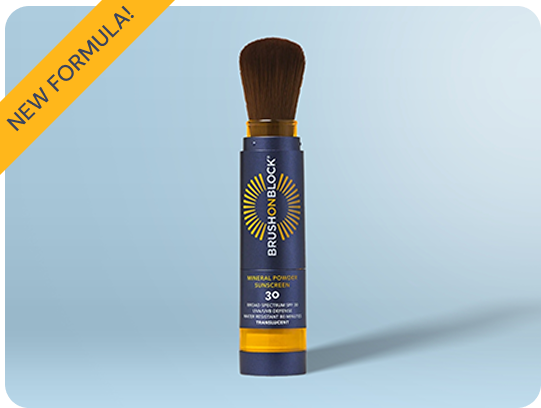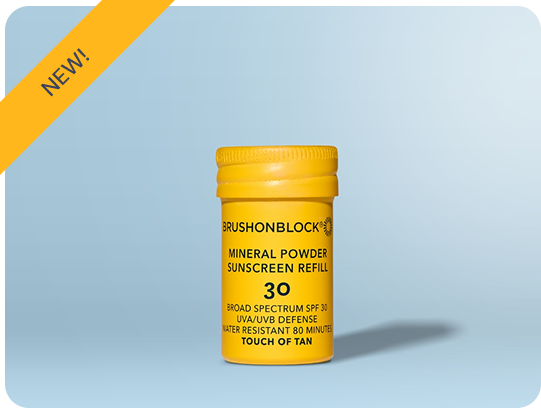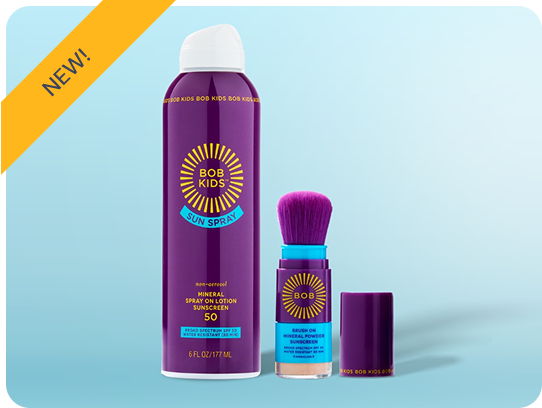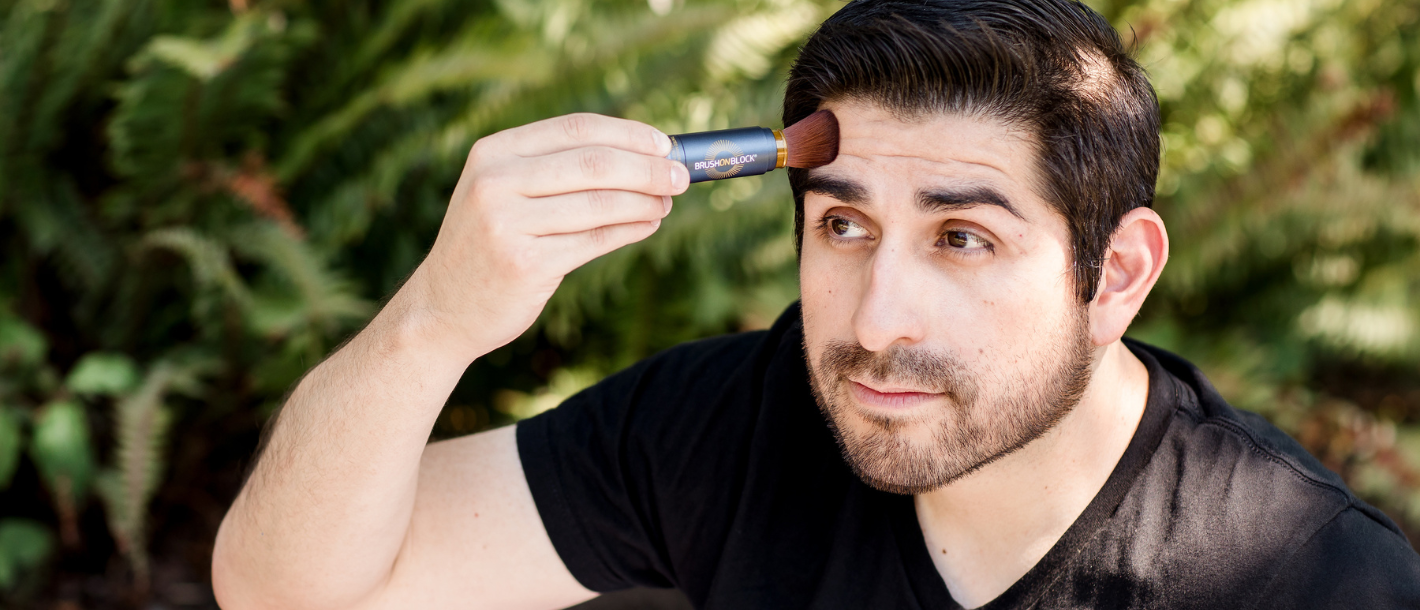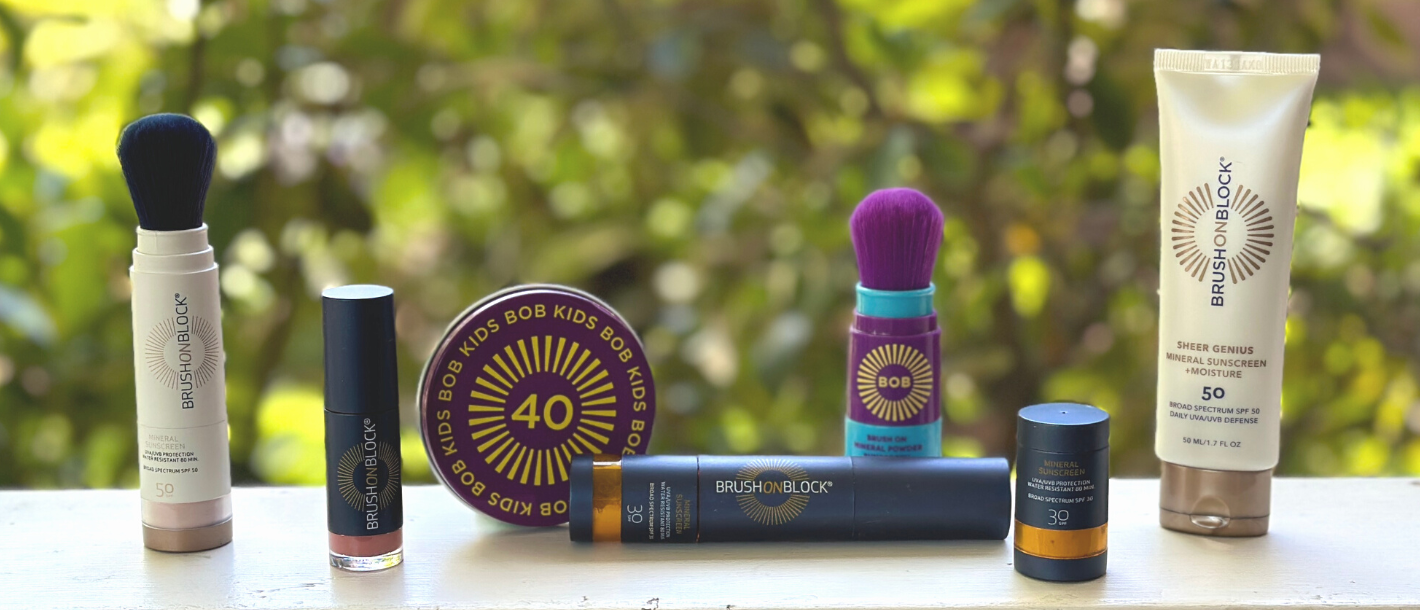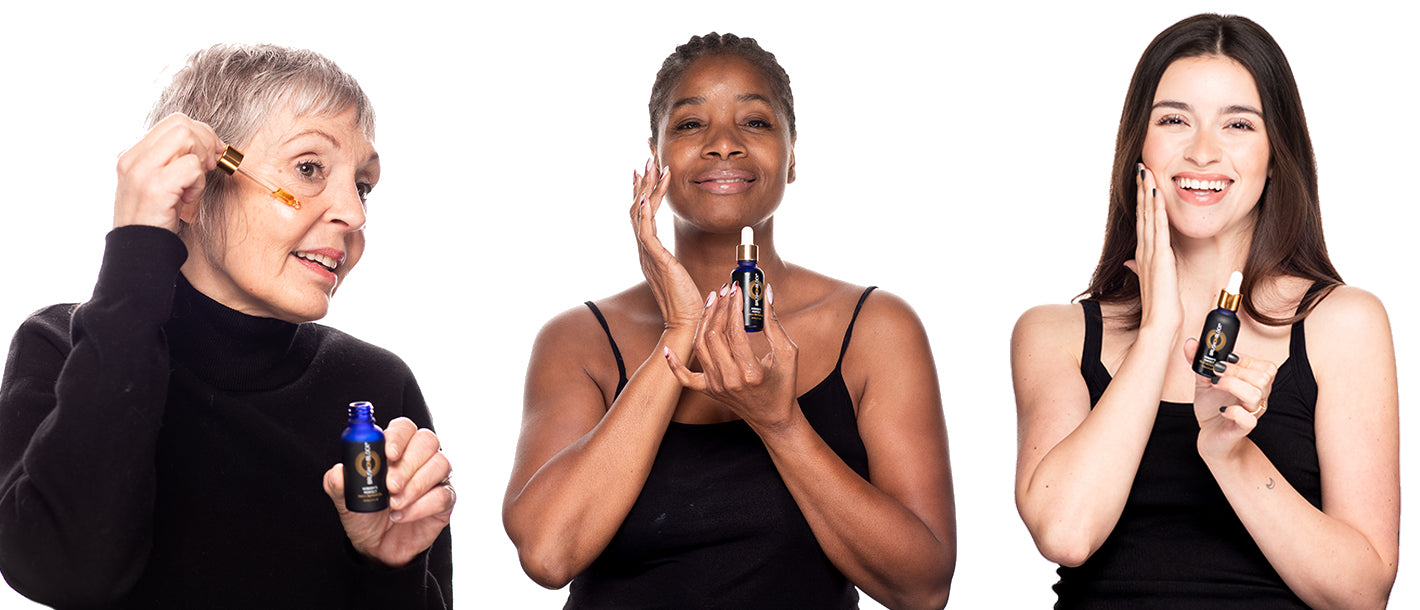Did you know that sunscreen is regulated by the FDA as an over-the-counter drug in the US? It is, because it makes health claims…to help prevent sunburn and reduces the risk of skin cancer and early skin aging caused by the sun. That’s why, when you look at a container of sunscreen, you should see a large portion of the label is devoted to something called “Drug Facts.” The FDA requires that every sunscreen in the US have this Drug Facts Panel, and so if you are shopping for sunscreen and find one that does not have that, you should be concerned. Why? Because the company that makes that sunscreen is not FDA-compliant, and as a consumer, you don’t know how far that lack of compliance goes. Are they also using active ingredients that the FDA has banned or called “not safe or effective?” Did they follow FDA testing protocols to arrive at the claims on the package? If they are non-compliant in one area, it is best to assume they are non-compliant in other areas too, so for your safety, stick with a product with a Drug Facts panel.
There is a lot of great information to be found on the panel, here are some of the highlights.
Active Ingredients and Purpose
This is where you find what makes your sunscreen work, the active ingredients, and the percentage that is used. So if you see Zinc Oxide and/or Titanium Dioxide, you are looking at a “mineral” sunscreen. If you see anything else, you are looking at a “chemical” sunscreen. Side note, both mineral actives are capped at 25%, so you should never see a higher percentage there. (Brush On Block always uses mineral sunscreen actives, never chemical ones!)
Directions
Apply liberally 15 minutes before sun exposure. This one is slightly tricky. All sunscreens must have this sentence on them, but it is primarily there because sunscreens with chemical actives have to absorb into the skin before they work. But ALL sunscreens should be applied liberally or generously. That means apply more than you think you need. If you do not apply enough, you will not receive the protection on the label, and after all, there’s no such thing as wearing too much sunscreen.
Reapply: •at least every 2 hours. Did you get that? EVERY sunscreen. AT LEAST every 2 hours.
- Use a water resistant sunscreen if swimming or sweating. OR
- After 40 minutes of swimming or sweating OR
- After 80 minutes of swimming or sweating.
- Immediately after towel drying.
This area is important because it lets you in on how often you need to reapply if you are in the water or sweating. The OR above are for the three different categories of water resistance. “Use a water resistant sunscreen if swimming or sweating” is appropriate if the sunscreen is not at all water resistant, or at least has not been tested to be water resistant. You should not rely on a sunscreen with this line to protect you at all in water. “After 40 minutes…” refers to sunscreens that have passed testing showing them to still be functional after 40 minutes of alternatively being submerged and air drying, and “after 80 minutes” refers to sunscreens that have passed the same type of test for 80 minutes. These are the only claims about water resistance the FDA allows, either 40 or 80 minutes of water resistance or none at all.
Sun Protection Measures
Spending time in the sun increases your risk of skin cancer and early skin aging. To decrease this risk, regularly use a sunscreen with a broad spectrum SPF value of 15 or higher and other sun protection measures including:
- Limit time in the sun, especially from 10 am to 2 pm
- Wear long-sleeved shirts, pants, hats and sunglasses
- Children under 6 months of age; ask a doctor
Those seem pretty clear, but why from 10 am to 2 pm? Those are the hours in most of the world when the sun is at the highest angle, and so the rays have a shorter distance to travel, and less atmosphere to travel through, to reach your skin. The FDA recommendation is actually fairly conservative, most doctors will tell you to avoid the sun from 10 am to 4 pm.
And why Children under 6 months, ask a doctor? There are several reasons for this. First and foremost, a baby has very sensitive skin, and sunscreen chemicals can be quite harsh, leading to an uncomfortable rash. Most doctors recommend if you absolutely need to use sunscreen on an infant, to use a mineral sunscreen to avoid risk of reactions. Another concern with young babies in the sun is that they can easily overheat, which can make them fussy and uncomfortable, or even become dangerous.
Inactive Ingredients
Up at the top of the drug facts panel, you learned about the ingredient(s) that makes your sunscreen work, but here is where you find out what else is in it. But here’s an interesting thing about inactive ingredients. If the product is a straight sunscreen, not a cosmetic item combined with sunscreen (like a foundation that also offers sun protection), the inactive ingredients must be listed in alphabetical order. This is unlike cosmetics and food items, where the ingredients are listed in order of predominance in the formula. In sunscreens, it just means it comes first alphabetically. If the item is both a cosmetic item AND a sunscreen, the manufacturer can choose to list inactive ingredients in either alphabetical or order of predominance.
Other information
Protect the product in this container from excessive heat and direct sun.
This is straightforward, it is always a good idea to keep things cool and out of sunlight, but in the case of chemical active sunscreens, having them in excessive heat or direct sunlight can actually shorten their effective life.
What went wrong???
In spite of applying sunscreen, it is possible to still get sunburned. When that happens, it is easy to blame the sunscreen for not working, but going back to the Drug Facts Panel, sunscreens promise to help prevent sunburn, and have very specific Directions for use that must be followed for the product to be effective. Sunscreens undergo rigorous testing, the numbers on the package are not guesses, but arrived at through strict protocols. The key is to follow the directions to the letter.
Rule #1. Apply Liberally
What exactly does that mean? Tips for how to know you are applying enough abound…a shot-glass for the body, two fingers for the face, but what it comes down to is…do not skimp. Apply more than you think you need. With Brush On Block Mineral Powder formulas, we advise that for your face, you buff on your face for a full minute, going over each area repeatedly. That should be enough to get you to the protection on the label. Once more for those in the back…there is no such thing as too much sunscreen!
Rule #2. Reapply at least every 2 hours
That’s a big enough statement for some people, but there are times when even that is not enough. Be aware of your body. If you are starting to burn, you may notice that your skin feels warmer. If you are in direct sunlight for one of the first few times of the season, you might need more sooner. If you are at a higher elevation (less atmosphere to absorb some UV), on water or snow (both of which reflect UV back on to you), don’t feel compelled to wait 2 hours. Put it on when you think of it. But under no circumstances should you go longer than 2 hours before reapplying if you are outdoors.
Rule #3. Pay attention to sweat, water and wiping them off
We talked about the levels of water resistance as they are listed on the Drug Facts Panel, but it is good to remember that wiping sweat or water off of your brow or body will remove the sunscreen, and you need to reapply immediately. This is especially important with children. If they are in and out of the water, you need to be aware of when they wipe their face or grab a towel, because they are probably doing it without even thinking about it. For that matter, you might not be fully aware that you wiped your face off unless you really pay attention. And the 40 minutes/80 minutes should be observed. Reapply at least at those intervals if you are swimming or sweating!
Because sunscreens are considered OTC drug products, the regulations regarding them are strict and numerous, but those regulations all have one purpose, to help you stay sun safe. So as with all drug products, "use as directed" and have a safe, burn-free summer!
